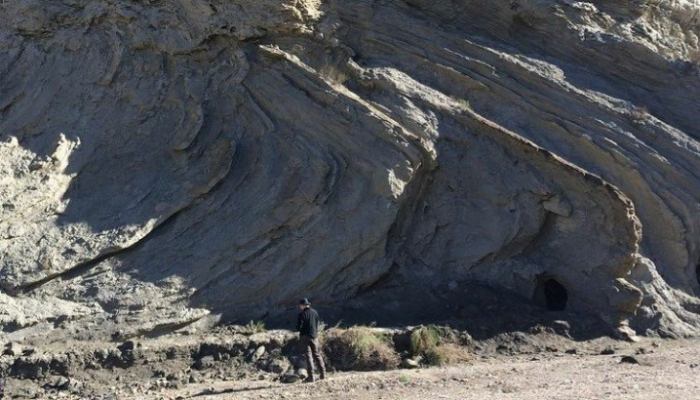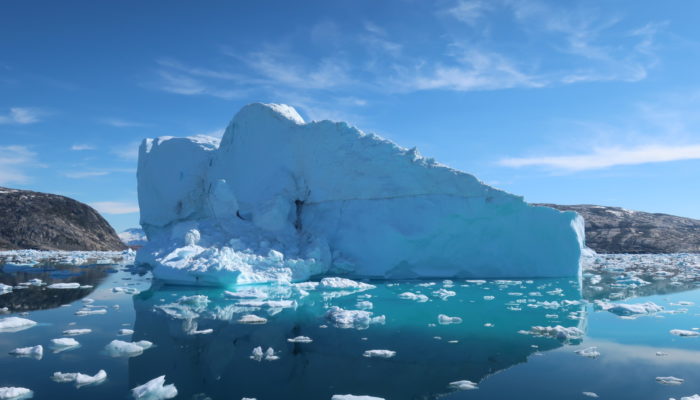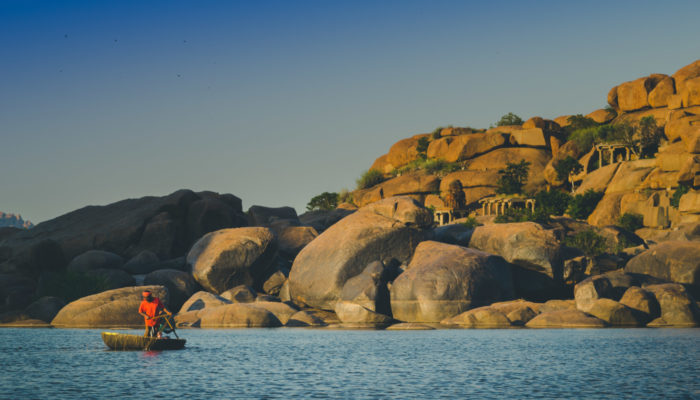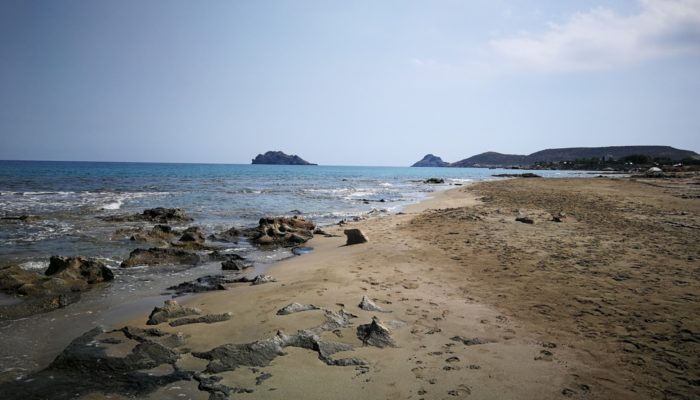Happy New Year! It’s January, and time for us to continue our monthly series of blog posts dedicated to highlighting the great work carried out by technicians, laboratory assistants, and research support staff in soil science. This month, we sat down (virtually, of course) with Jonathan J. Gottlieb (J.J.), the Head of the Laboratory for the Conservation of Waterlogged, Organic, Archaeological mat ...[Read More]
Geodynamics
The Sassy Scientist – The Twelve Steps (of Academia)
Furious yet disillusioned by a bunch of anonymous reviewers, of which most have provided zero insight through their nugatory reviews and displaying unambiguous bias towards a non-inflammatory, well-worded and a scientifically substantiated manuscript, Txabi demands to know: Why are many reviewers still insisting on anonymity? Dear Txabi, There is indeed such a segment of the academic community, wh ...[Read More]
Tectonics and Structural Geology
#OnTheRocks – Because Earth is just beautiful!
From the time the first Kodak camera in 1888 went on sale we can say with confidence a geologist somewhere was trying to capture field photographs. We love to capture the beauty of the field and every geologist has a story to tell. The EGU would like to connect these stories globally in our new #OnTheRocks series. #OnTheRocks will produce a compilation of geological photographs on different scales ...[Read More]
Cryospheric Sciences
Image of the Week – Icebergs increase heat flux to glacier
Icebergs are ubiquitous in Greenland’s fjords, melting and releasing freshwater as they float towards the open ocean. The amount of freshwater released from these icebergs can be vast – the equivalent of around 50,000 Olympic swimming pools per day in some fjords. New research reveals that this freshwater causes fjord currents to speed-up, which can actually increase the amount of heat delivered t ...[Read More]
Geodynamics
2021: 100th year of the craton concept and beyond
One hundred years back, Leopold Kober first introduced the term “Kratogen”. With time, the concept of kratogen has evolved, and they are now known as cratons. In this week’s news and views, Jyotirmoy (@GeophyJo), a PhD student from the Indian Institute of Science revisits the history of craton science: how the craton concept has evolved and what are the modern problems related to them. &nbs ...[Read More]
Hydrological Sciences
The Covid-19 pandemic cannot stop young change makers
The Coronavirus pandemic demands creativity and flexibility from all of us when we cannot meet in person any longer and need to switch to online meetings and events. Just recently, 120 upper secondary school students (15-18 years old) of four different countries around the Baltic Sea — Finland (incl. Åland), Sweden, Latvia, and Estonia — attended an online Boot Camp to kick start one of the greate ...[Read More]
Biogeosciences
vEGU21 BG4 Session highlights: Marine environments – past, present and future
The vEGU21 abstract submission deadline is tomorrow, here are a few more session highlights for you to consider submitting abstract to: BG4 – Marine and Aquatic Biogeosciences from paleo-environments to modern settings. With a focus on marine carbonate (bio)minerals as archives of environmental change, (Paleo-)environmental reconstructions from biomineralized carbonates: From the Precambrian to th ...[Read More]
Seismology
“State of the ECS”: Welcome!
Maria here. Happy new year! Starting this year, the ECS Team would like to try something new. We realised that we are your reps, but probably you have no idea who we are and what we are up to! Therefore, we will be sharing with you recent experiences, things we discovered that might be interesting to you, or just let you know what we are doing for the ECS seismology community recently. So, here we ...[Read More]
Geochemistry, Mineralogy, Petrology & Volcanology
GMPV ECS online talks: Wednesday 20 January
The 7th edition of the Geochemistry, Minerology, Petrology and Volcanology division’s early career scientists talks will be on Wednesday 20 January 11am CET. This is our first special edition of 2021, with a focus on volcanic plumes, and their ash and gas emissions! We’ll have three speakers to allow for more discussion time. Our speakers are: Thomas Aubry (Postdoc @ University of Cambridge) – Cli ...[Read More]
Natural Hazards
Collaboration in Science: A Necessity Not A Luxury
Collaboration in science is of paramount importance for the development of new ideas and tools that progress our common knowledge. However, you might have felt at times that, for example, the competition for funding or the inequality of access to resources have undermined collaboration opportunities. In this blog post, we host the reflections and actions of Dr Omar AlThuwaynee, who, after experien ...[Read More]









